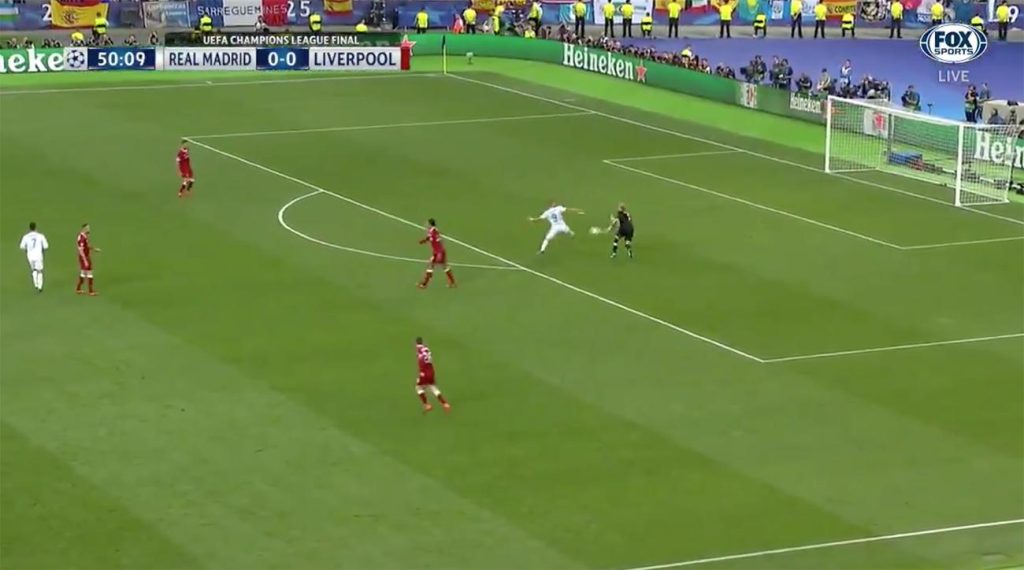VAR, which stands for Video Assistant Referee plays an important role in modern soccer through ensuring the accuracy of pivotal refeeing judgments. But, it’s not with out controversy.
Many players and fans express frustration over the extended period of waiting for decisions that can slow the pace of games and slow its momentum.
The Impact of VAR on Soccer
While VAR brings several benefits for soccer players, including helping referees make more precise decisions, there are some who believe it degrades the sport, rendering it less exciting and slower.
In particular, the reviewing procedure for events that could be significant to the game’s outcome may take a long time, which leads to an increase in tension between both teams, particularly if the outcome is not in their favor. Time is a valuable resource for teams who are looking to win success, and interruptions may disrupt their progress.
VAR can also be seen to decrease the effect of home crowd pressures on referees’ decision-making, since it works mechanically and impartially, unaffected by external forces.
VAR’s Role in Refereeing Decisions
VAR’s main purpose is to fix obvious errors made by match officials in four aspects: penalty incidents, direct red card instances, as well as misidentification. But, VAR does not be able to evaluate facts, like offsides, or whether fouls took place.

For penalties and red card incidents, research shows that VAR can reduce referee bias by eliminating the influence of home crowd tension on head officials (as as seen in Columns 1 – 3 of Table 3). It can also help to eliminate imperfections in perception that are inherent to the judgement of these incidents from the head official.
Though VAR may add some complexity to the game and can slow games, it is a significant step toward ensuring the reliability of decisions made by referees. Prior the introduction of VAR, Italian Serie A referees tended towards favoring the home team by allowing more time (as shown in Table 3, Columns 4 – 6). The trend changed with the implementation of VAR.
Controversy Surrounding VAR in Soccer
In the world of soccer VAR continues to be a controversial issue. Some fans believe it detracts from the excitement and spontaneity of the game, while others believe it is essential for maintaining fairness and competitiveness. Nevertheless, several issues associated in VAR require to be dealt with.
The main concern is the extended review process, which could disrupt game fluidity, reduce energy as well as create tension among the players and supporters. Furthermore, VAR’s accuracy relies on the correct calibration. inaccuracies can lead to prolonged pauses during matches as referees are waiting for the decision review. Additionally, ket qua bong da hom nay referees often face issues in deciding if a decision should be overturned or upheld.
Offside Decisions and VAR Technology
The appeal of soccer is in the moments of excitement and tension. They are usually determined by split-second decisions by referees that can significantly alter the course of a team’s play. The importance of accuracy, however, long-term timeframes for calls can affect the game’s momentum and dampen the exhilaration.
Many critics believe that VAR has introduced unnecessary delays and prolonged stoppages in games. Furthermore, they argue the decision-making process of VAR lacks transparency, preventing spectators from having a view of the discussion between the central referee as well as an assistant video.
Penalty Decisions and VAR’s Influence
In an effort to enhance accuracy and reduce human perception limitations, soccer has progressively introduced technological aids in elite soccer matches and VAR is the most recent addition. VAR permits referees to examine their decisions using footage of multiple angles and replays, aiming to eliminate biases and imperfections in perception.
Research findings suggest that VAR could reduce advantage for the home team but doesn’t always affect other variables in a match. Notably, there is no evidence to suggest that it causes an increased amount of red card penalties handed for the opposing team. It is because the situations that are a cause of red or penalized penalties are usually clear cut and do not require further monitoring.
